This site has special significance for me so bear with me, there's a fair amount of background information to be given.
First a bit of potted history on the site:

On the 28th of April 1942, a training exercise involving a landmine was taking place in a basement room. In attendance were 20 soldiers from the Pioneer Corps and Royal Engineers. During the exercise the landmine unexpectedly detonated, killing 18 instantly and severely injuring another who died the next day from his wounds, the 20th person had stepped out moments earlier to take a telephone call. One of those killed was my Great-Grandfather, Major Geoffrey Garratt MBE.
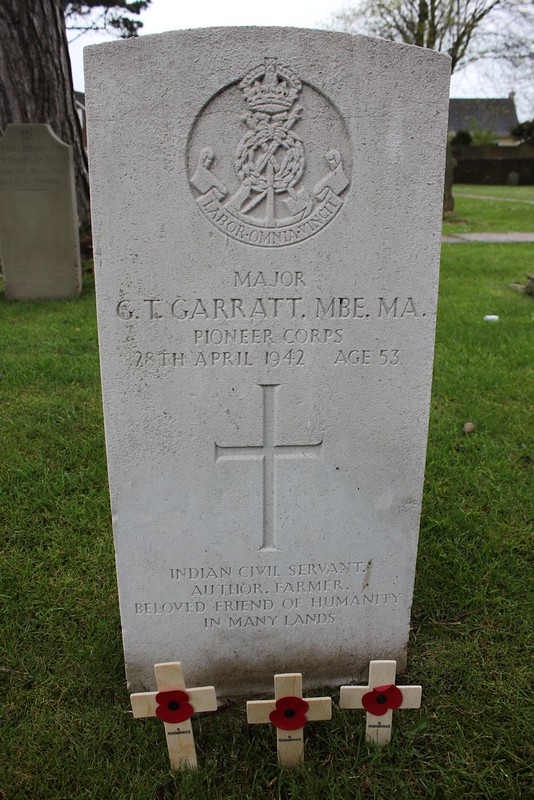
The disaster was quickly hushed up by the authorities as it happened at a bad time in the war, the only references to it in the press were an 'explosion in Wales' not even referring to the town it occurred in. It then became one of the forgotten tragedies of the Second World War, even though it was one of the largest domestic non-combatant losses of life during the war years.
The army sold the Barracks to Pembrokeshire council in 1956, who used them as stores. In 1986 the barracks were bought by a businessman who had grand plans to convert the listed buildings into a hotel complex. However he sat on then site for 25 years and did nothing to it, and last year it was bought by a family who are slowly converting it into apartments, one wing is nearly converted and they currently are living in one of the finished apartments. The fact the place is dry moated and surrounded by stupidly high walls with tiny windows means it's suffered zero vandalism at the hands of local idiots, just natural decay and stripping by previous owners.
Today was the 70th anniversary of the tragedy, and the people of the Pembroke Dock Sunderland Trust had spent many days attempting to contact relatives of the deceased including us. We were all invited down for a memorial ceremony and the unveiling of a plaque in the Barracks so the tragedy is never forgotten again.
A wreath-laying ceremony was held for the families first in the military cemetery where 17 of the 19 who died are buried.
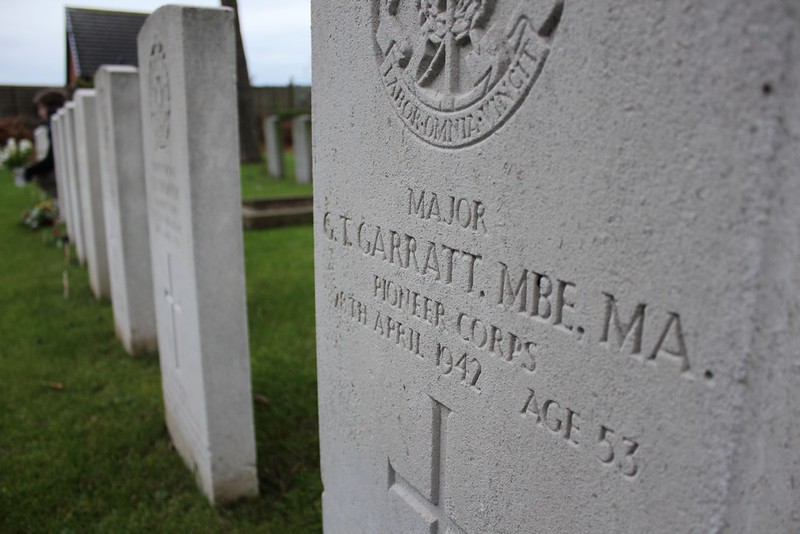
From there we moved to the Barracks for the memorial ceremony proper. I knew we were going to get a chance to see where the accident happened, but having gotten to know the owner my curiousity got the better of me and I sort of wandered off a bit. I've been given full permission to go back and document the entire site before conversion, which is most kind - I hope to do that some time in May, as my quick whizz round without a tripod meant I couldn't venture too far in the fantastic cellars and lower levels and got some properly rubbish photos this time round. On any other occasion I'd save posting this as I barely covered a third of the site but I hope you can appreciate it's a special day for me.
I didn't get too many decent exterior shots what with all the people milling around.
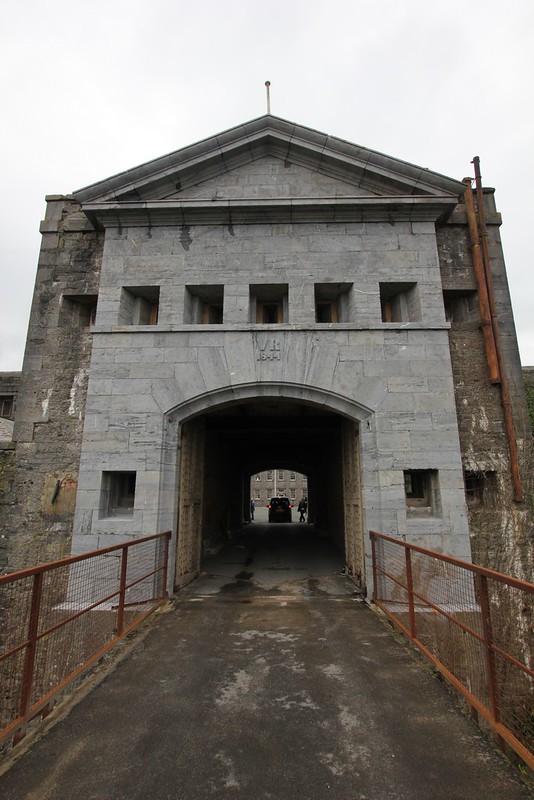
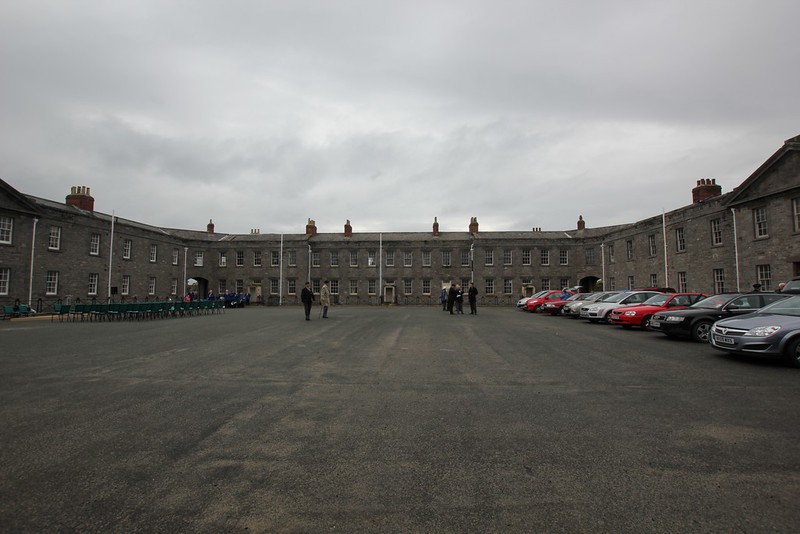
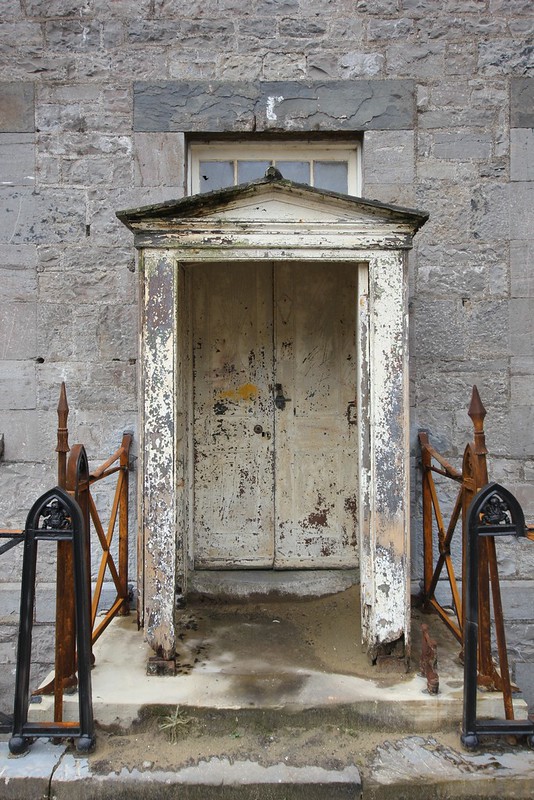
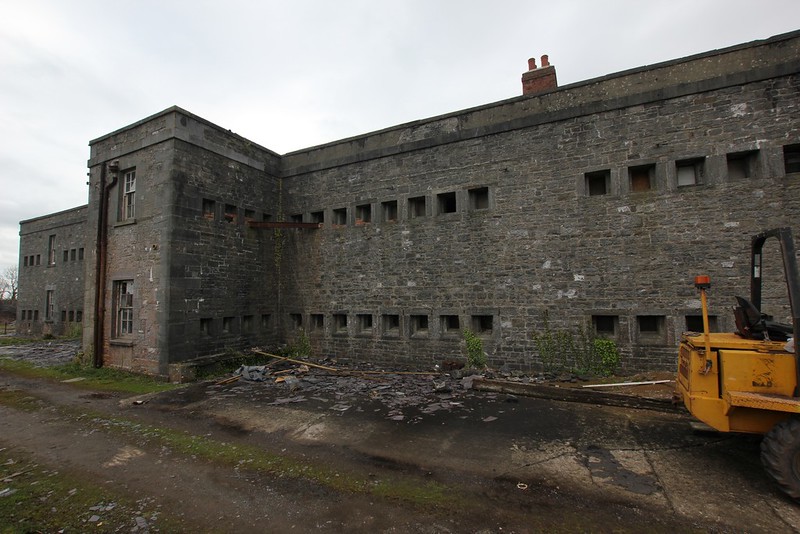
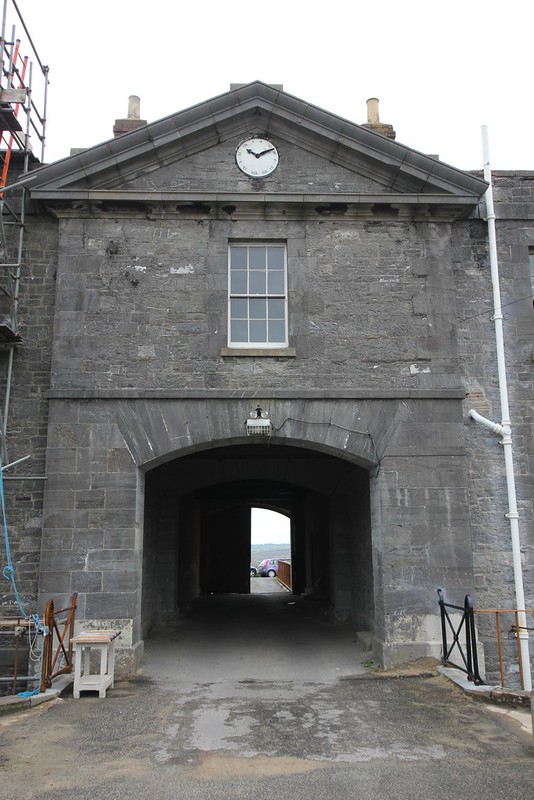
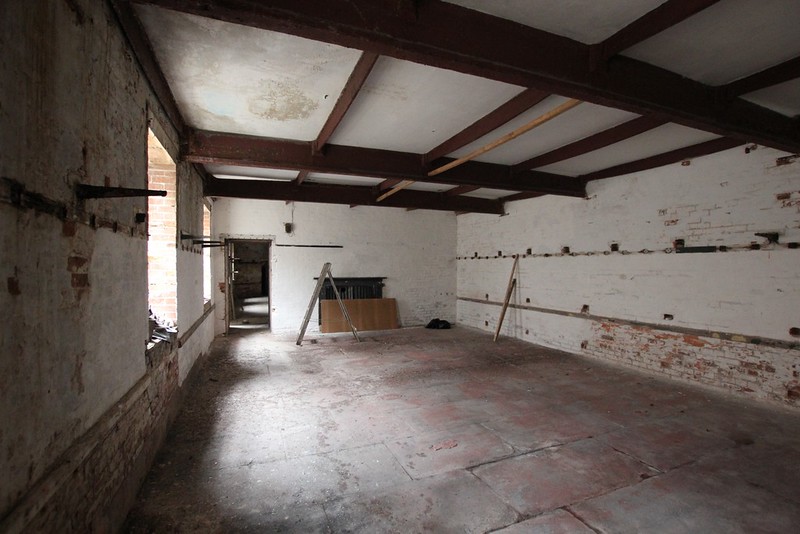
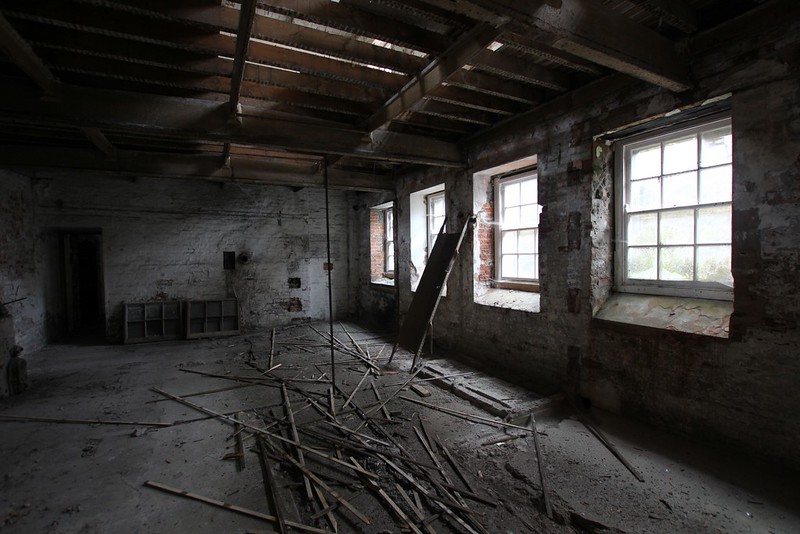
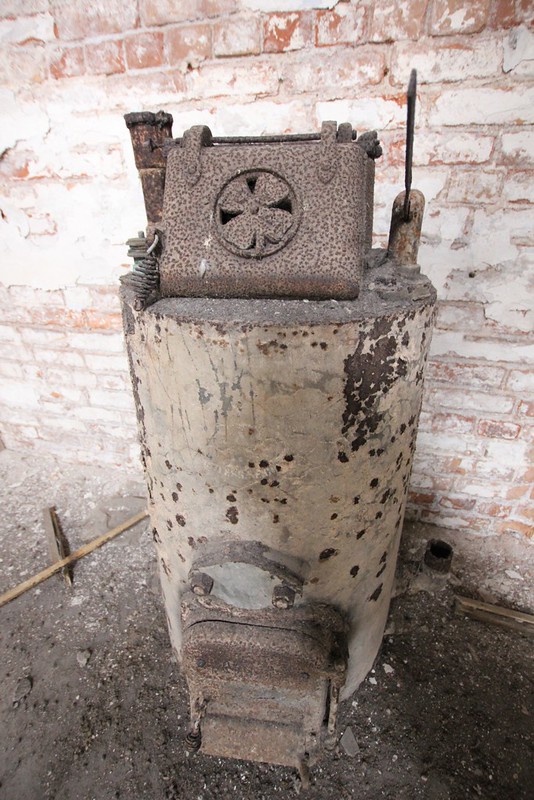
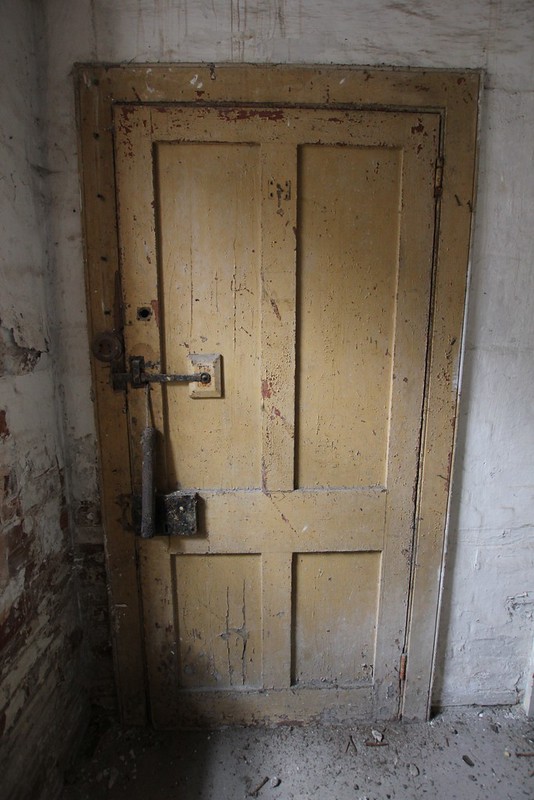
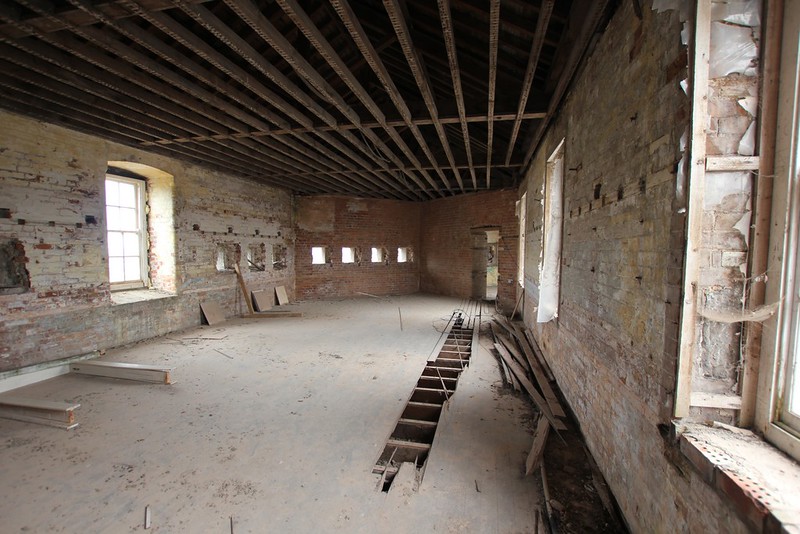
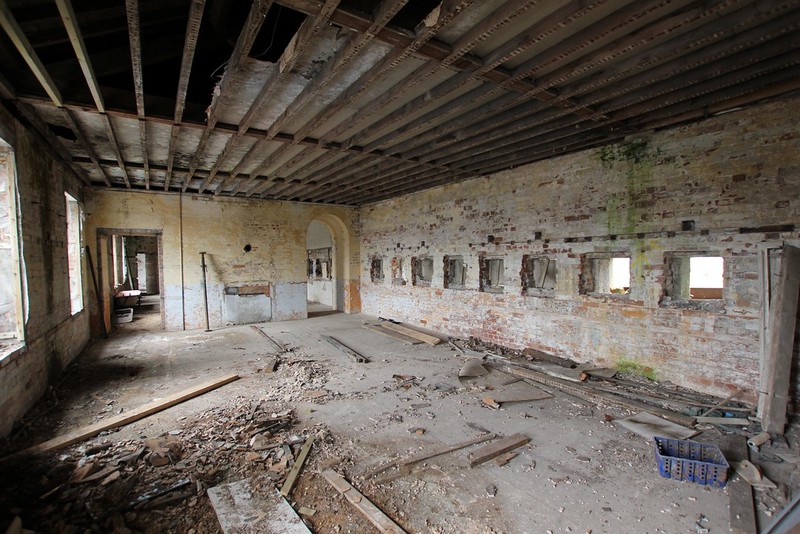
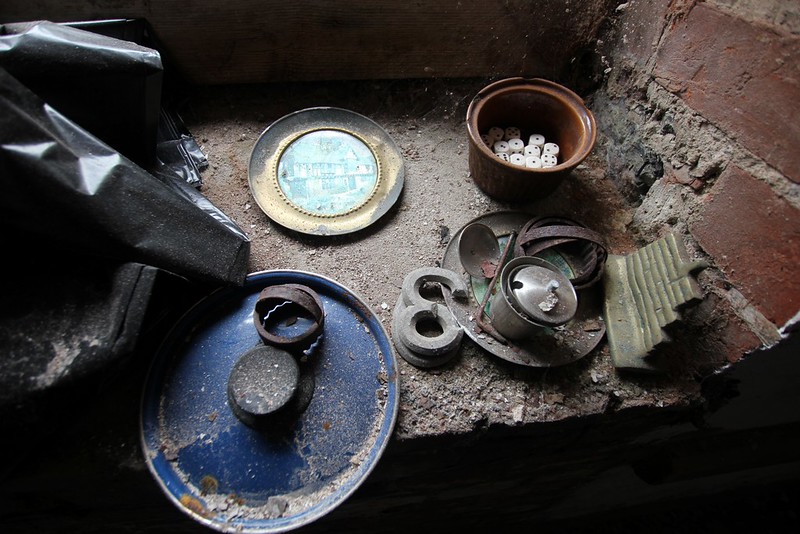
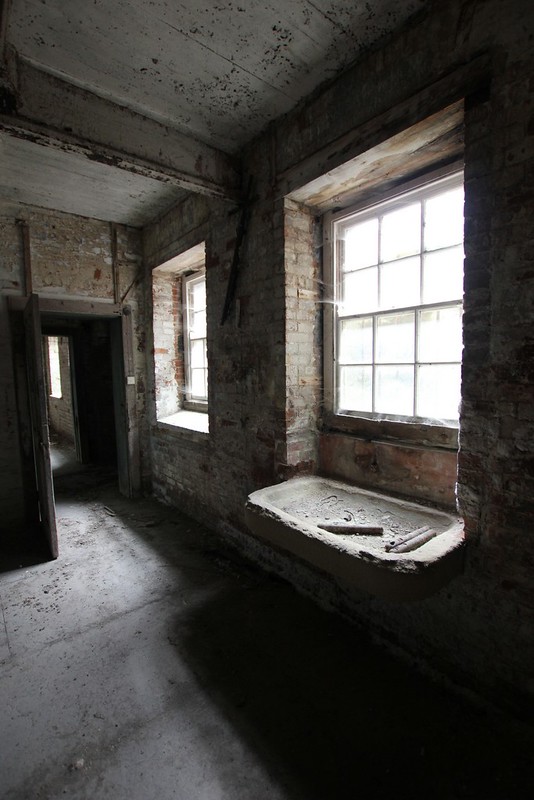
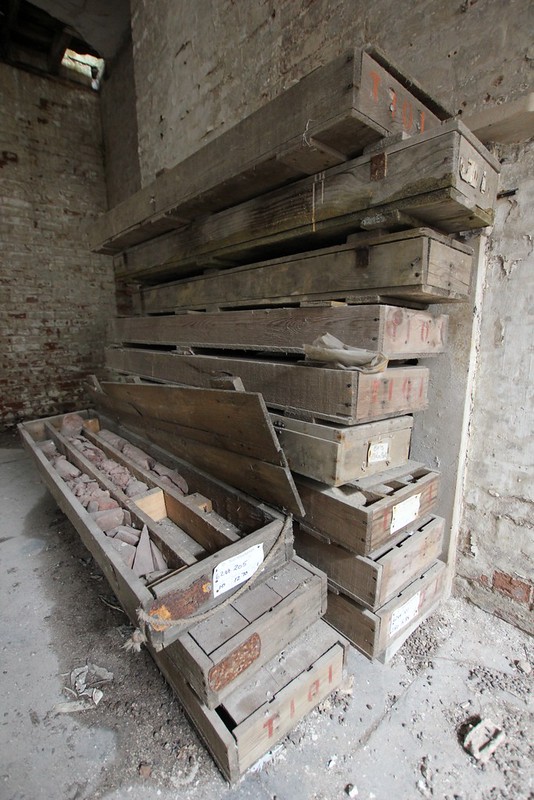
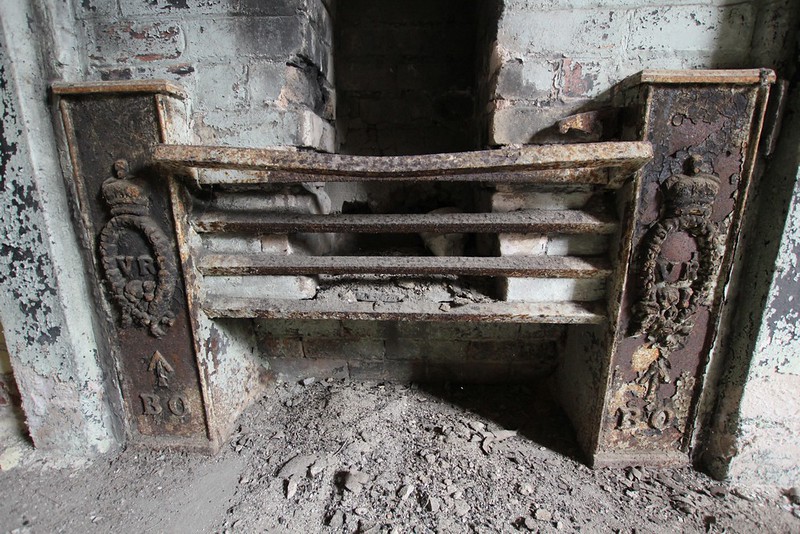
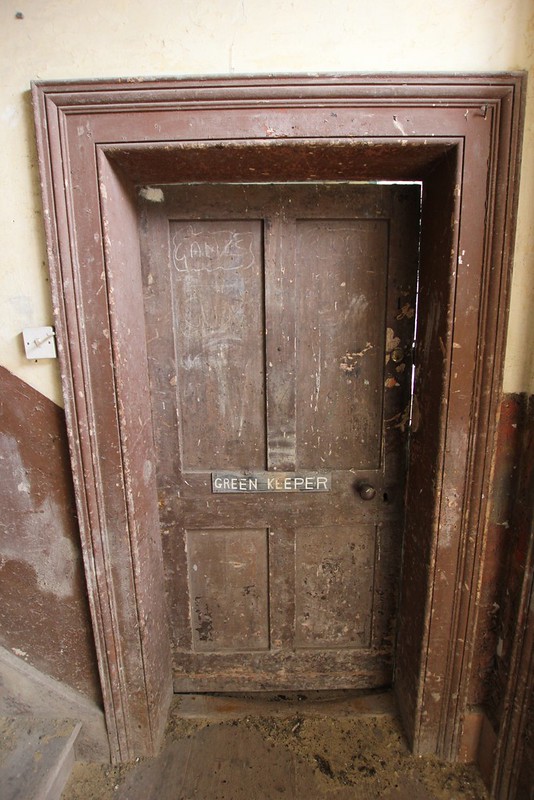
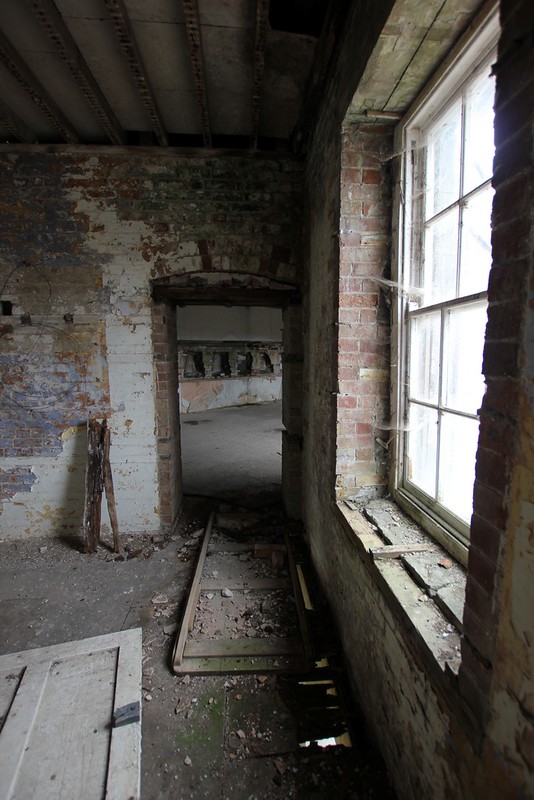
Having wandered off on my own and seeing the state of some of the wooden floors (see above photo) I wasn't feeling too secure so headed back, I really hope to get back here soon and record the rest of the place as it's such an important location in my family's history, and was pretty sobering.
There are more photos here from the services and the Barracks..
http://www.flickr.com/photos/mookie427/sets/72157629554839390/
Thanks for looking and taking the time to read all of the above.
First a bit of potted history on the site:
These barracks were built in 1844 to house the Royal Marines charged with defending the dockyard, and also to act as a gun platform capable of protecting the dockyard from attack by sea or land.
When the fort was built, numerous properties in Pennar were requisitioned and pulled down to allow the guns a clear field of fire.
Superbly built in limestone to a classic, if outdated diamond-shaped design, the barracks came complete with a dry moat guarded by corner bastions. A drawbridge led over the moat and through an entrance arch in the gate-house. Inside the fort, the barrack square is flanked by four, two-storey terraces; it has been described as ‘the finest Georgian style square in Wales’.
On the 28th of April 1942, a training exercise involving a landmine was taking place in a basement room. In attendance were 20 soldiers from the Pioneer Corps and Royal Engineers. During the exercise the landmine unexpectedly detonated, killing 18 instantly and severely injuring another who died the next day from his wounds, the 20th person had stepped out moments earlier to take a telephone call. One of those killed was my Great-Grandfather, Major Geoffrey Garratt MBE.

The disaster was quickly hushed up by the authorities as it happened at a bad time in the war, the only references to it in the press were an 'explosion in Wales' not even referring to the town it occurred in. It then became one of the forgotten tragedies of the Second World War, even though it was one of the largest domestic non-combatant losses of life during the war years.
The army sold the Barracks to Pembrokeshire council in 1956, who used them as stores. In 1986 the barracks were bought by a businessman who had grand plans to convert the listed buildings into a hotel complex. However he sat on then site for 25 years and did nothing to it, and last year it was bought by a family who are slowly converting it into apartments, one wing is nearly converted and they currently are living in one of the finished apartments. The fact the place is dry moated and surrounded by stupidly high walls with tiny windows means it's suffered zero vandalism at the hands of local idiots, just natural decay and stripping by previous owners.
Today was the 70th anniversary of the tragedy, and the people of the Pembroke Dock Sunderland Trust had spent many days attempting to contact relatives of the deceased including us. We were all invited down for a memorial ceremony and the unveiling of a plaque in the Barracks so the tragedy is never forgotten again.
A wreath-laying ceremony was held for the families first in the military cemetery where 17 of the 19 who died are buried.

From there we moved to the Barracks for the memorial ceremony proper. I knew we were going to get a chance to see where the accident happened, but having gotten to know the owner my curiousity got the better of me and I sort of wandered off a bit. I've been given full permission to go back and document the entire site before conversion, which is most kind - I hope to do that some time in May, as my quick whizz round without a tripod meant I couldn't venture too far in the fantastic cellars and lower levels and got some properly rubbish photos this time round. On any other occasion I'd save posting this as I barely covered a third of the site but I hope you can appreciate it's a special day for me.
I didn't get too many decent exterior shots what with all the people milling around.

















Having wandered off on my own and seeing the state of some of the wooden floors (see above photo) I wasn't feeling too secure so headed back, I really hope to get back here soon and record the rest of the place as it's such an important location in my family's history, and was pretty sobering.
There are more photos here from the services and the Barracks..
http://www.flickr.com/photos/mookie427/sets/72157629554839390/
Thanks for looking and taking the time to read all of the above.































